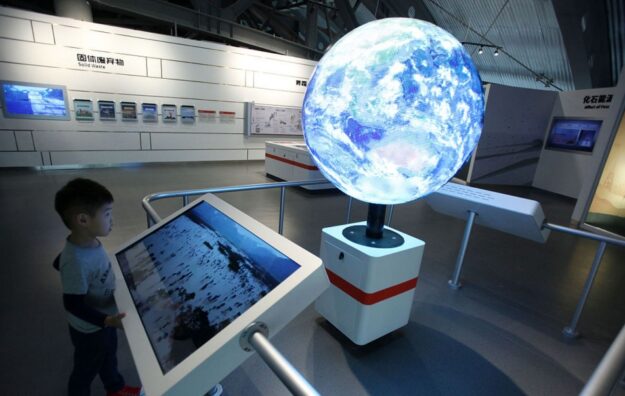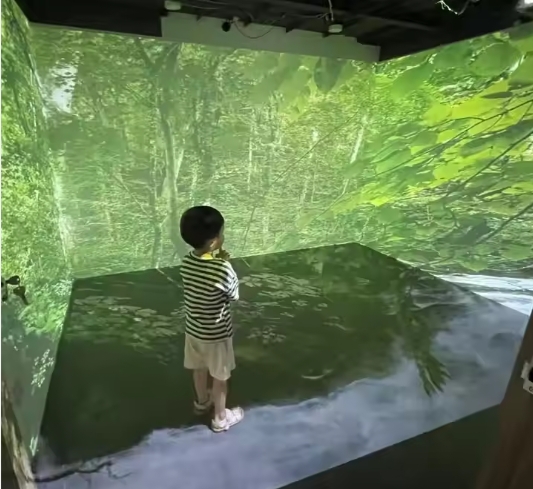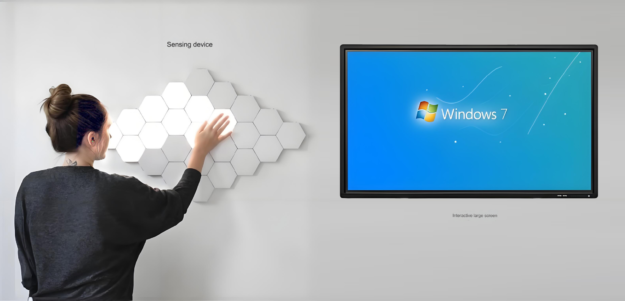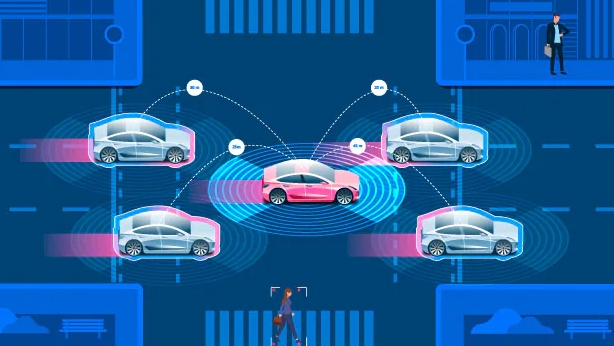Applications of LiDAR Interactive Projection in Museums
Museums have long been spaces of discovery and learning, but in the digital age, visitors crave more engaging and interactive experiences. Enter LiDAR interactive projection – a groundbreaking technology that’s transforming how museums present exhibits and connect with their audiences. By using LiDAR (Light Detection and Ranging) sensors to detect movements and gestures, this technology allows visitors…




